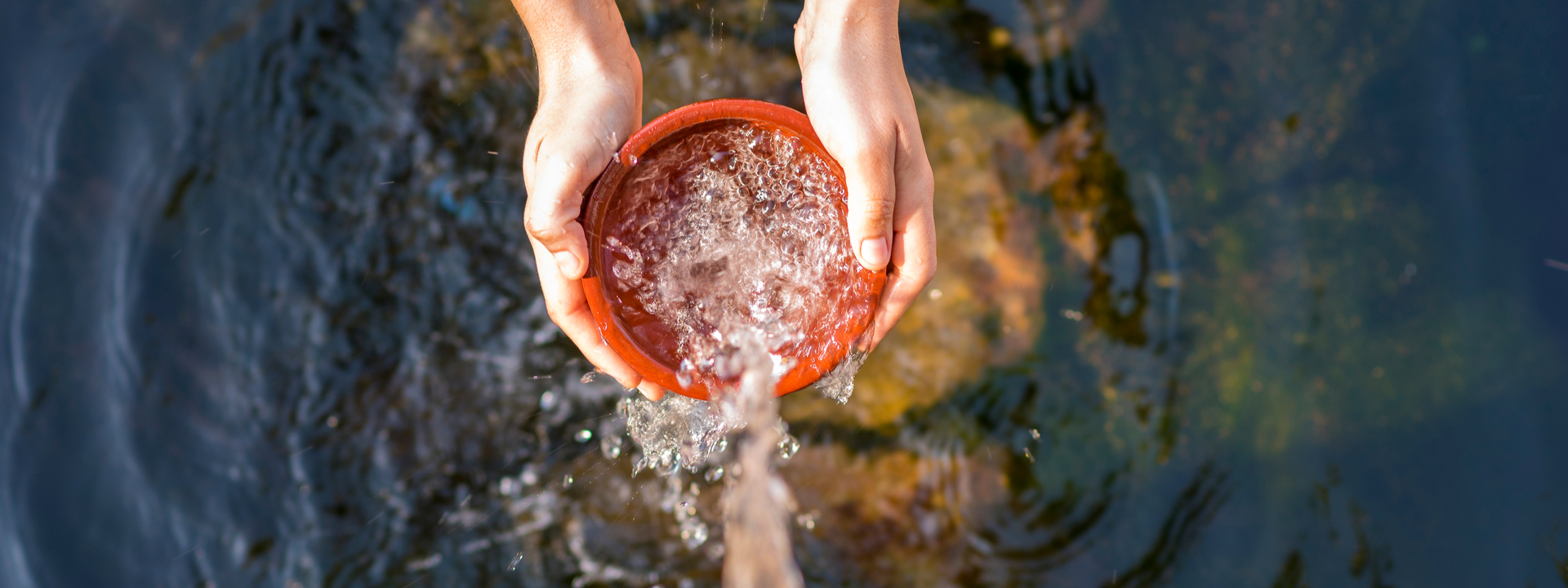- About Us
-
Trips
-
 Kiwi-Style Hiking
Kiwi-Style Hiking
-
 Great Walks
Great Walks
-
 Hiking Tours
Hiking Tours
-
Alpine Hikes
-
Custom Groups
- Huayhuash Trek
- Family Northern Explorer
- Family Southern Explorer
- Lake Waikaremoana Hike
- Women's Custom Tours
- Women's Southern Wilderness
- Coast, Canyons and Mountains
- Coastal Wanderer Custom Tour
- Don't Cross the Ladies
- Secret South Custom Tour
- Tekapo Hike
- West Coast Custom Tour
- World Heritage Custom Tour
-
- Blog
- Shortlist
- About Us
- Trips
- Blog
- Shortlist

Jul 25, 2024
When we’re out hiking, staying hydrated is one of the simplest and most important ways to keep our bodies happy, healthy, and safe on the trail. But just how much water is enough? The answer depends on more than distance alone - it’s about time on your feet, terrain, weather, and even how your own body responds.

Staying hydrated while hiking
A good starting point is the New Zealand Mountain Safety Council guideline: around two litres of water a day to stay hydrated. But think of this as a baseline; factors like hot weather, steep climbs, or carrying a heavy pack mean you’ll need more. And remember, everyone is different; some people sip constantly, others drink less but still feel fine. Learn what works best for your body.
Be prepared
Before heading out, check your map, hut notes, or trip reports to see where water sources are along the route. If there are plenty of reliable rivers or huts with fresh water tanks, you don’t need to carry your full day’s supply from the start. If sources are scarce, you’ll need to plan ahead and carry extra. And if you’re refilling, are the sources safe to drink from? If not, pack a lightweight purification method. Tablets or a small filter weigh next to nothing and give you peace of mind. If you are on a guided hiking trip, no need to worry, your guide will advise on where is safe to refill each day.
How to carry your water
There are three main options for carrying water on a hike: bottles, bladders, and collapsible bottles. Bottles are durable and easy to refill, but bulky. Hydration bladders let you sip on the go, which helps you drink more regularly, though they’re fiddlier to clean. Collapsible bottles save weight and space but aren’t as durable. Many hikers use a mix, for example, a bladder for easy sipping plus a bottle for dipping into a clean river and filling up.
Know the risks of dehydration
It’s surprisingly easy to forget to drink when you’re busy enjoying the views or chatting with your fellow hikers. But dehydration can sneak up and result in a ripper headache or in more extreme cases, be dangerous. Early signs include thirst, headache, dark urine, or fatigue. If you notice these, stop in the shade, rest, and sip water (ideally with electrolytes or a pinch of salt and sugar). Prevention is much easier than treatment: drink small amounts regularly instead of waiting until you’re very thirsty.
The bottom line?
Aim to drink two litres each day, add more in hot conditions, or steep, or elevated terrain, and always plan around reliable water sources. Carry water in the way that works best for you, and don’t forget a lightweight purification option if you’re not guaranteed access to clean rivers or streams along the way. Stay hydrated, and your hike will be all the sa

Water Bottle and Hydration System Comparison Table
Type |
Advantages |
Disadvantages |
|
Hard-sided, plastic or aluminium bottles |
|
|
|
Hydration Reservoirs & Bladders |
|
|
|
Collapsible water bottles |
|
|







